The secret lives of courtesans in renaissance Europe
The Renaissance, a period of flourishing art and culture, also saw the rise of the enigmatic courtesans. With their blend of intellect, beauty, and influence, they became significant figures in the societal tapestry.
Courtesans often walked the line between the spheres of power and art, captivating the imagination of many. Their mystique lies in their ability to transcend their origins and become pivotal in shaping cultural landscapes.
The Role of Courtesans in Renaissance Society

Renaissance courtesans held a unique position, serving as both entertainers and companions to the elite. Unlike other women of the night, elite courtesans were educated and cultured, often engaging in intellectual conversations with their patrons.
They were valued for their ability to provide companionship that extended beyond the physical, offering insight and conversation. This made them indispensable to the influential men who sought their company.
From Shadows to Spotlight: How Courtesans Gained Influence
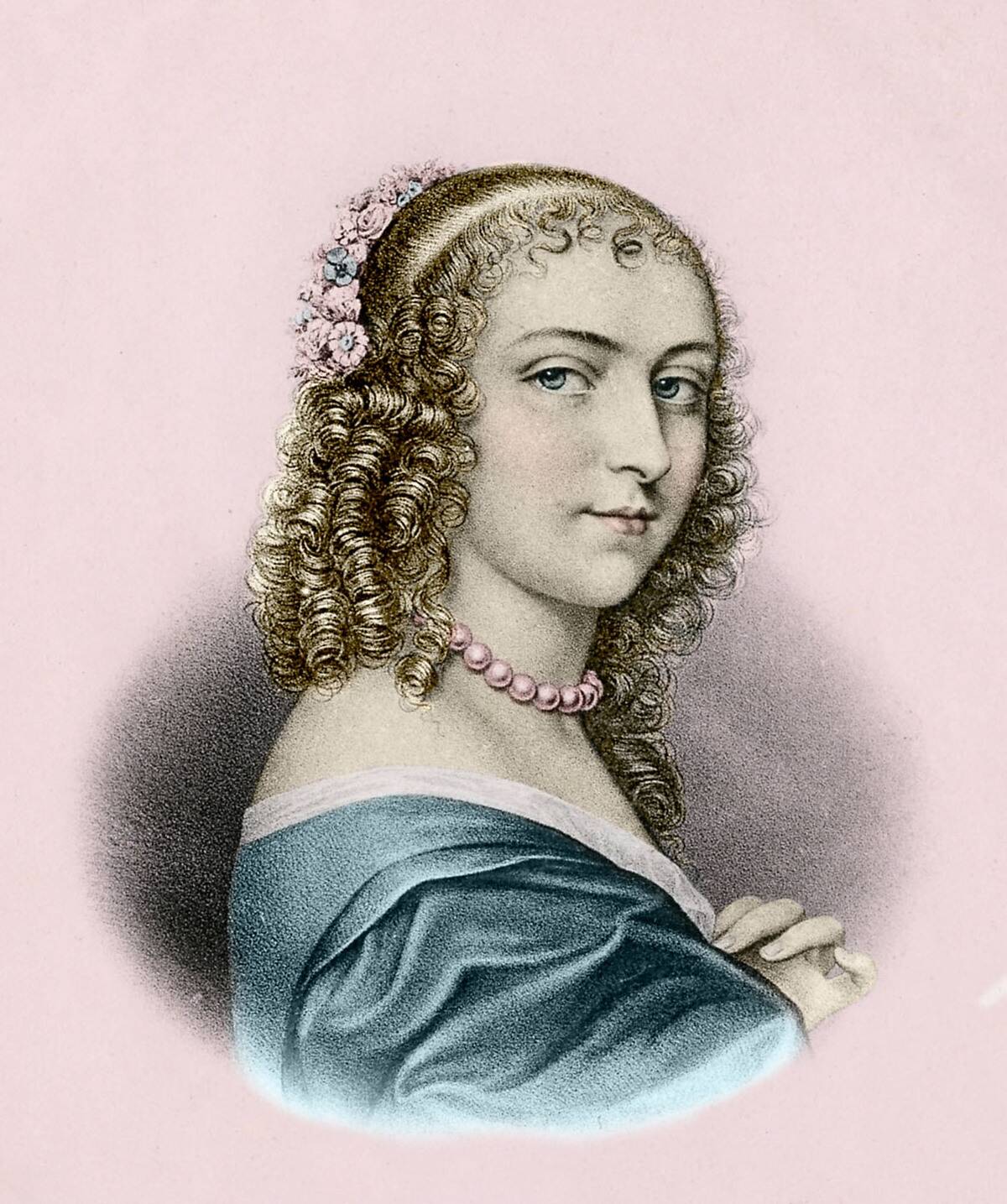
Courtesans gradually emerged from the shadows, gaining influence in society through strategic relationships and alliances. Their connections with powerful patrons afforded them a voice in political and social matters.
By aligning themselves with the right circles, courtesans could sway opinions and decisions, thus increasing their status. This ascent from obscurity to prominence was a testament to their adaptability and cunning.
The Allure of the Courtesan: Beauty, Wit, and Charm
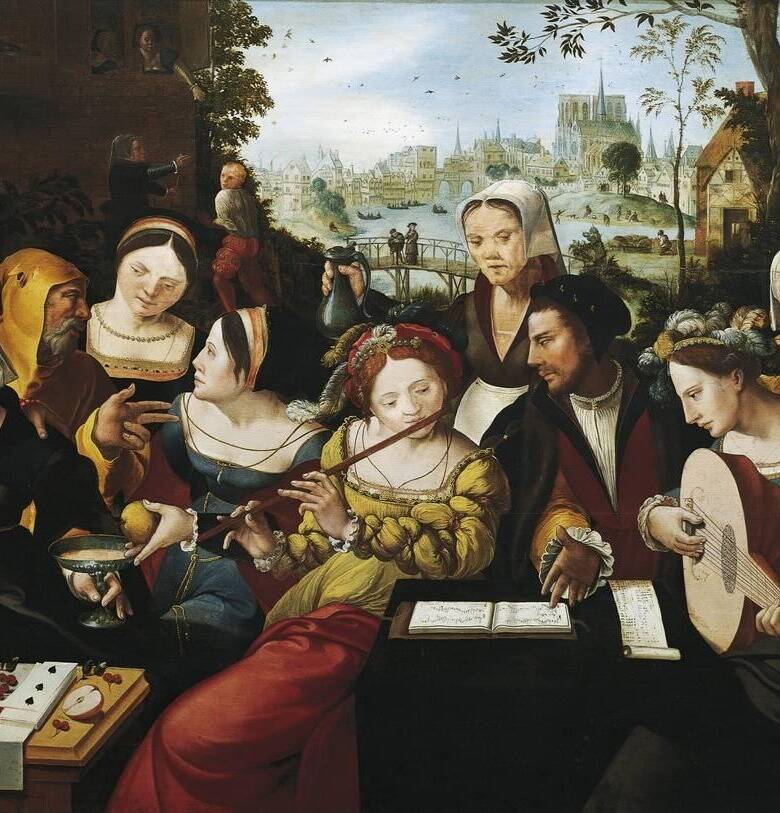
The allure of a courtesan was multifaceted, rooted in their beauty, wit, and charm. They were often well-versed in the arts, music, and literature, which complemented their physical appeal.
This combination of attributes made them irresistible to the affluent men of the time. Their charm lay in their ability to entertain and engage, making them much more than mere companions.
Patronage and Power: The Key to a Courtesan’s Success
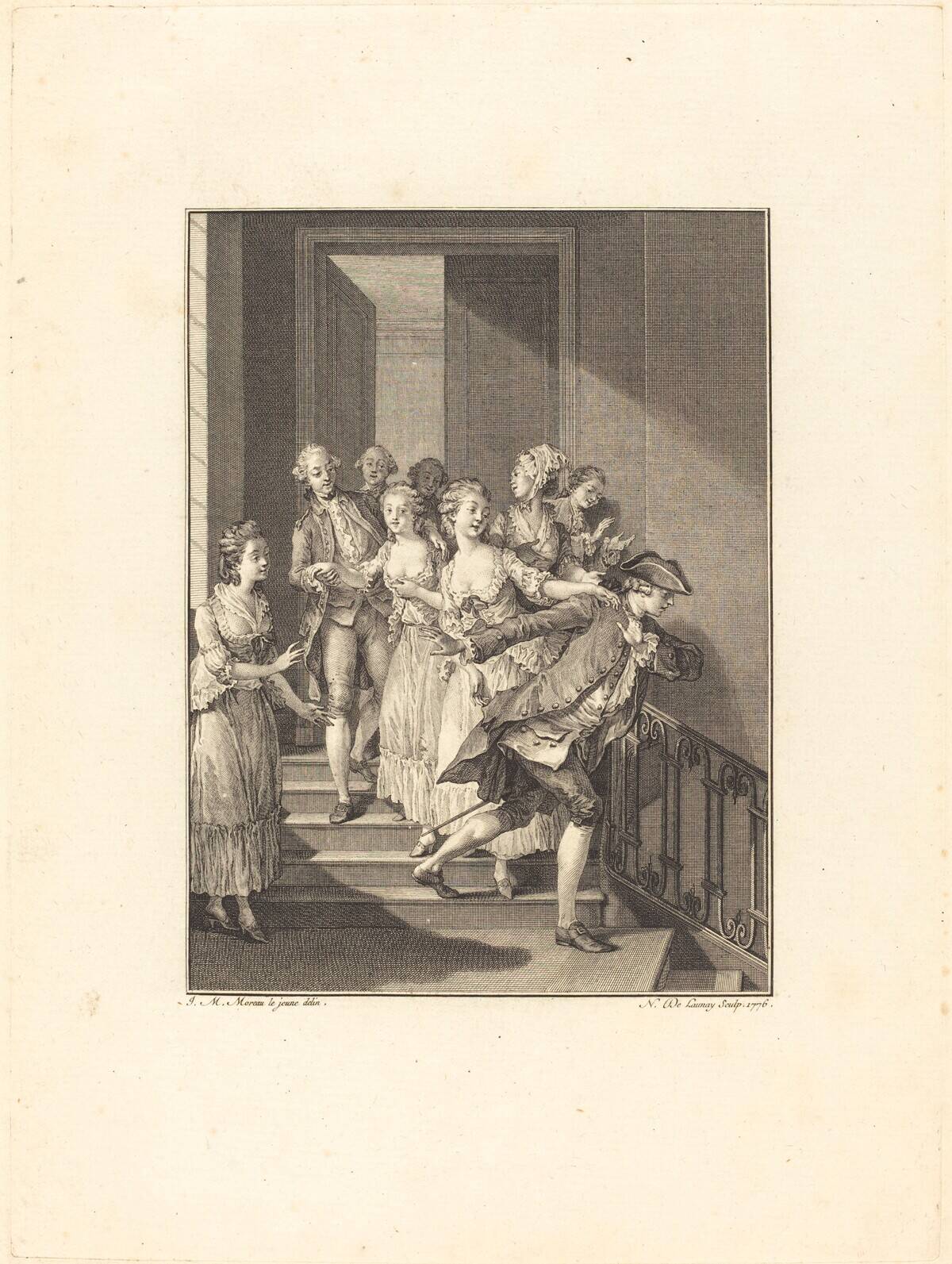
The success of a courtesan was often dependent on their patrons, who provided financial support and social connections. Through these relationships, courtesans could gain access to luxurious lifestyles and influence.
Patronage was a symbiotic arrangement, as patrons also benefitted from the courtesans’ charm and company. This interplay of power and support was critical in maintaining a courtesan’s status.
Fashion and Finery: The Signature Style of Renaissance Courtesans
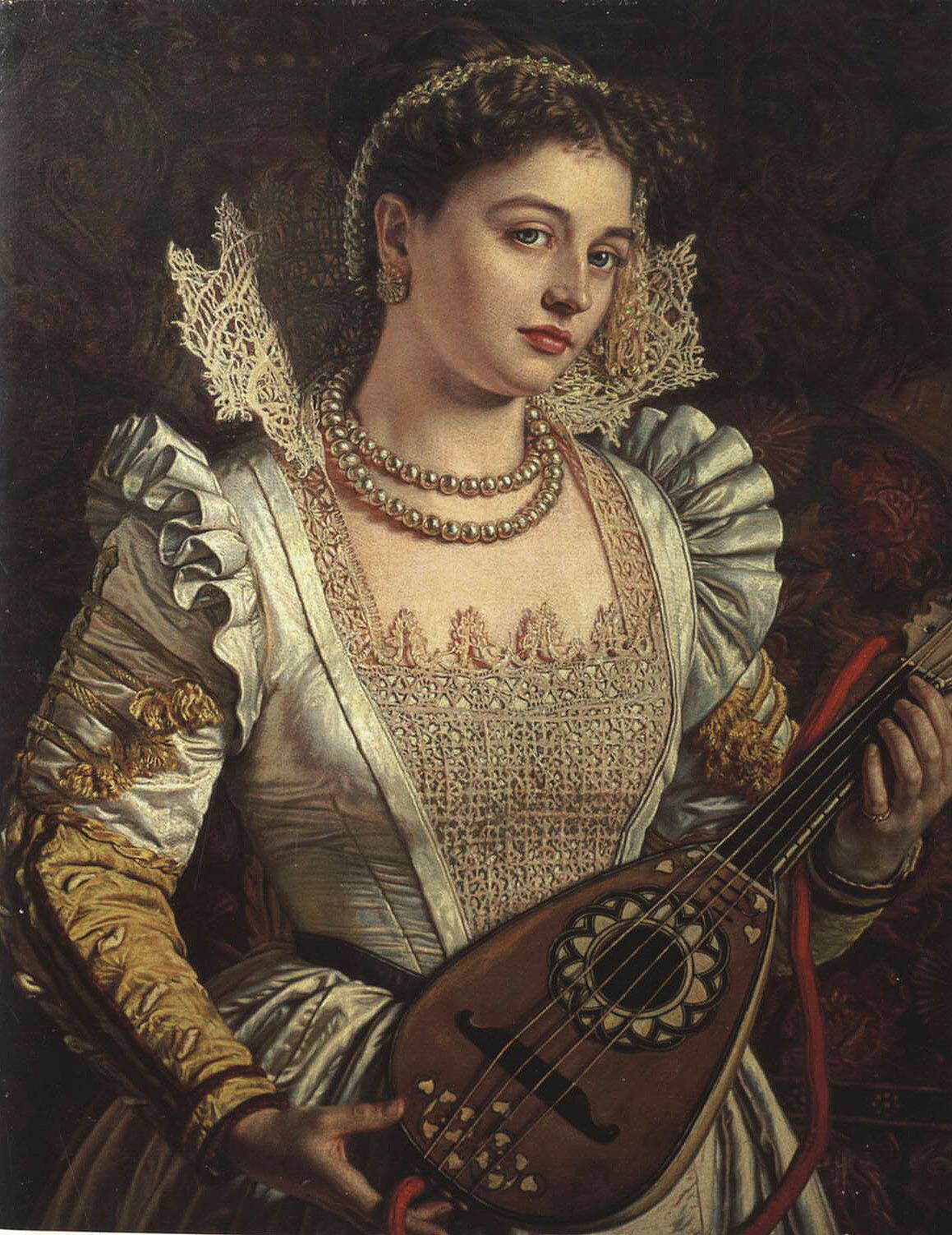
Renaissance courtesans were known for their extravagant fashion, often setting trends among the elite. Their attire was not just about opulence but was also a statement of their status and sophistication.
Courtesans invested in luxurious fabrics, elaborate jewelry, and distinctive styles that highlighted their individuality. Their attention to fashion was a reflection of their desire to stand out and be remembered.
Education and Eloquence: The Intellectual Pursuits of Courtesans
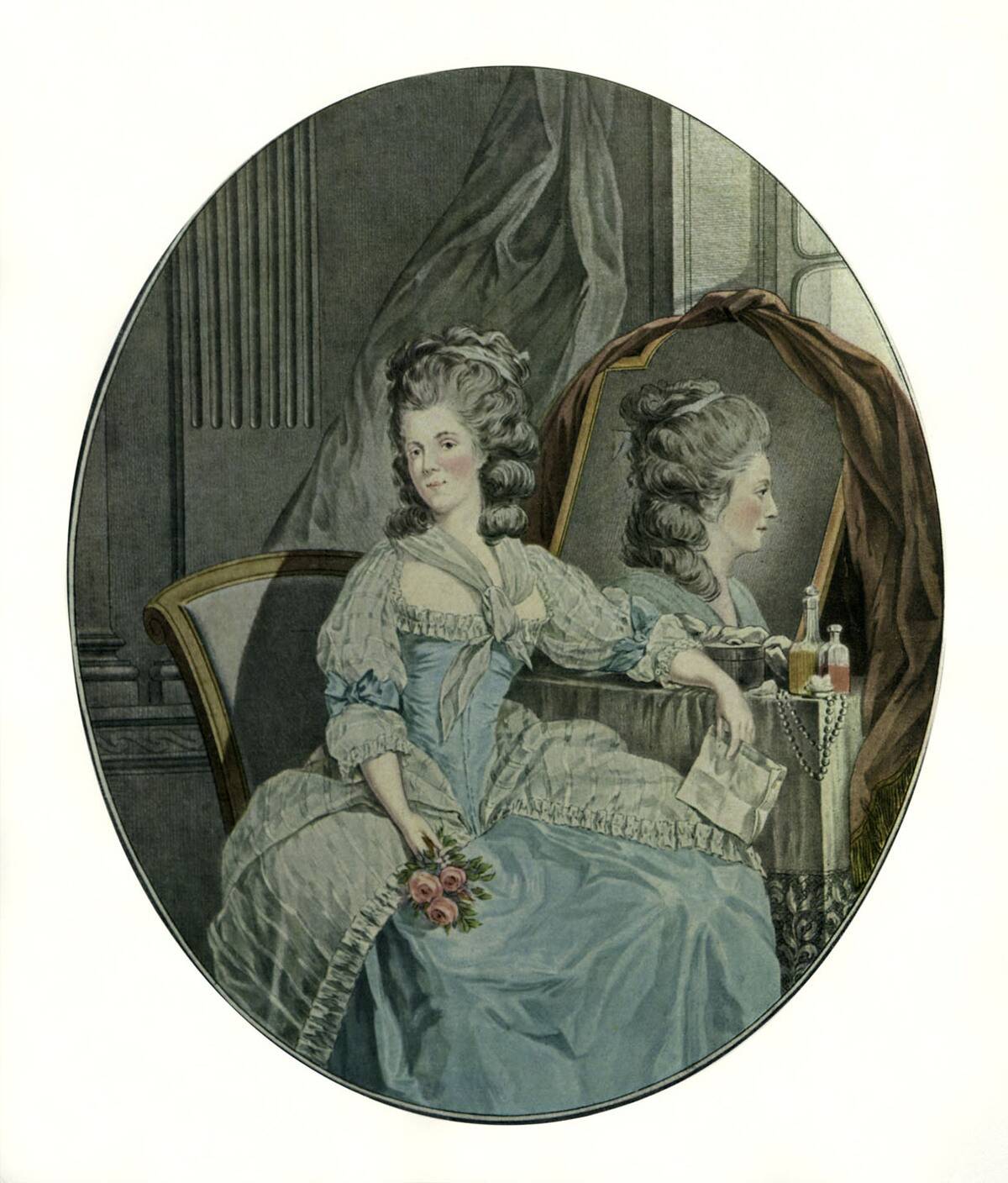
Education played a vital role in the lives of courtesans, distinguishing them from other women of the time. Many courtesans were multilingual and well-read, allowing them to engage with patrons on a variety of subjects.
Their eloquence and knowledge made them sought-after companions, as they could converse on politics, philosophy, and the arts. This intellectual prowess was key to their allure and success.
The Art of Seduction: Courtesans as Cultural Icons

Elite courtesans mastered the art of seduction, not just in the physical sense but through their cultural contributions. Their ability to influence fashion, art, and social norms made them icons of their time.
They were often seen as arbiters of taste and style, with their preferences setting trends. This cultural impact was a testament to their ability to captivate and inspire those around them.
Scandals and Affairs: Courtesans in the Public Eye

Courtesans often found themselves at the center of scandals and affairs, their lives scrutinized by the public. These events, while scandalous, also served to enhance their notoriety and allure.
Courtesans navigated these challenges with grace, using public interest to their advantage. Their ability to remain in the spotlight despite controversies highlighted their resilience and adaptability.
Art and Inspiration: Courtesans as Muses for Artists
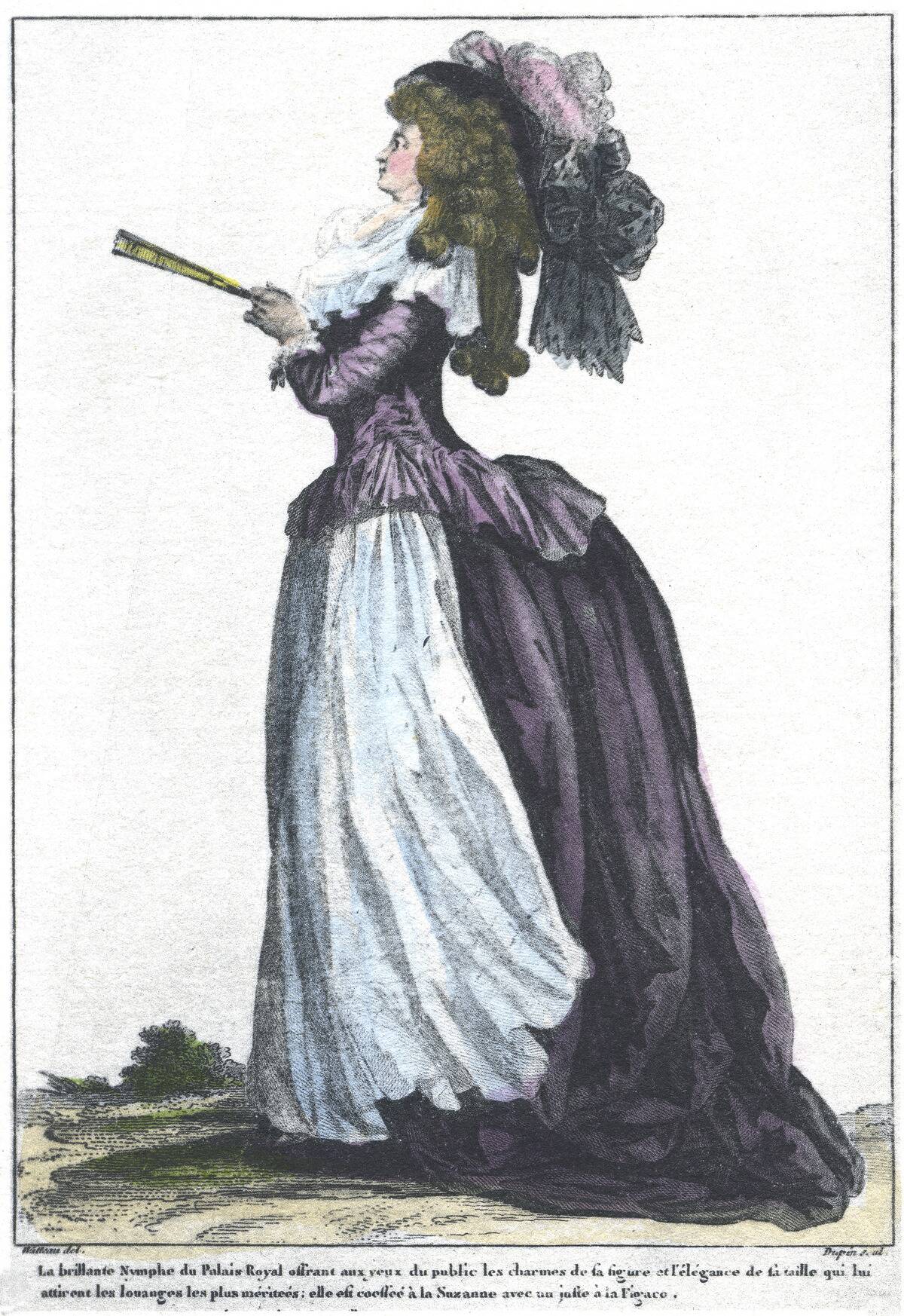
Some prominent courtesans, particularly in places like Renaissance Venice, were depicted in art or served as muses for some of the greatest artists of the Renaissance. Their beauty and charisma inspired paintings, poetry, and music, leaving a lasting legacy in the cultural canon.
Courtesans’ influence on art was profound, as they provided a living canvas for artists to explore themes of beauty, desire, and power. This artistic inspiration further cemented their place in history.
Literary Legacies: Courtesans in Renaissance Literature
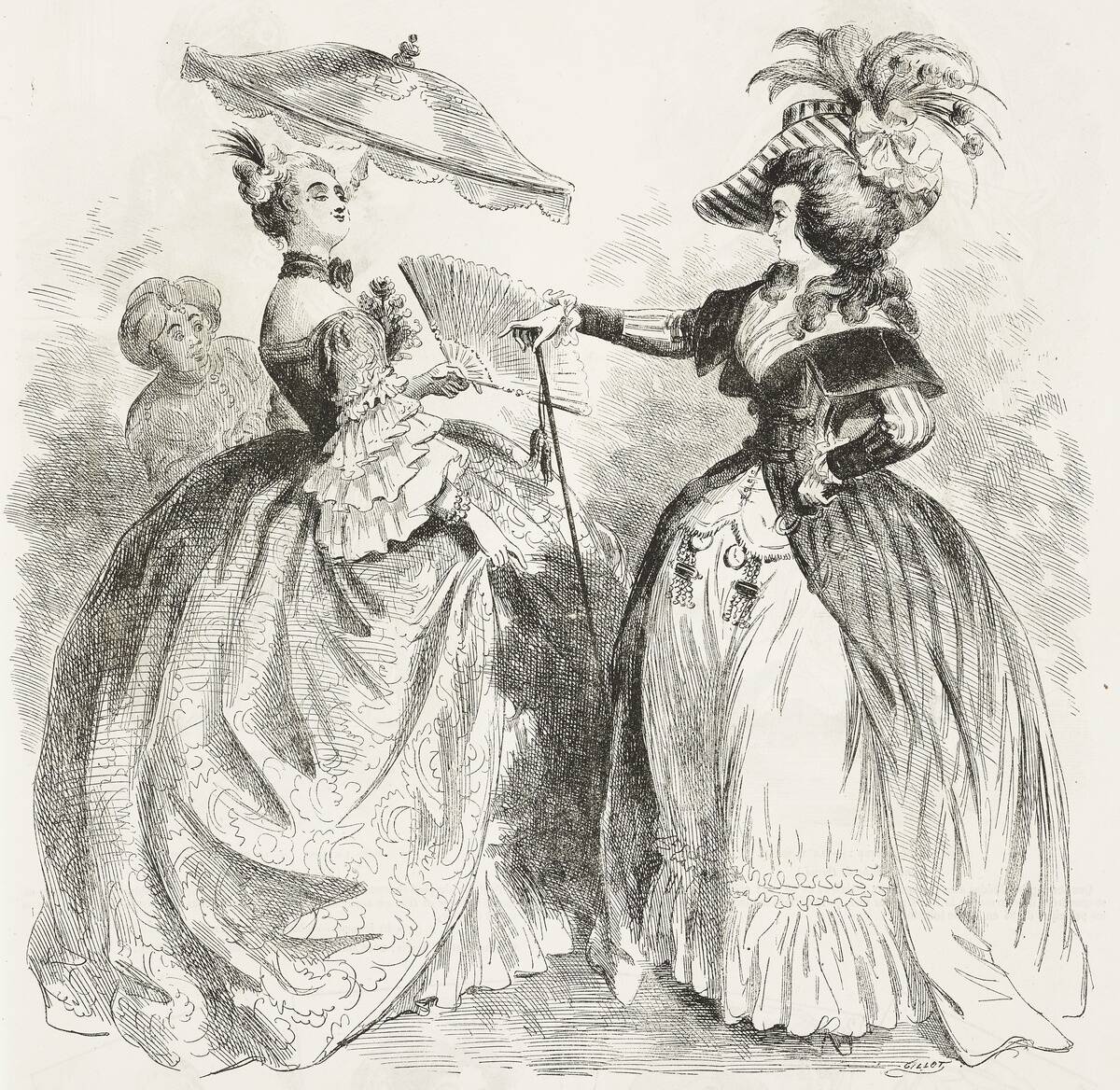
Renaissance literature contains notable references to courtesans, who were often depicted as complex and intriguing characters. These literary portrayals offered insight into their lives and the societal roles they played.
Authors used courtesans as symbols of beauty or intelligence, though portrayals varied widely and were often shaped by moral or societal commentary. Through literature, courtesans’ stories were preserved, offering a window into their world.
The Influence of Courtesans on Politics and Diplomacy
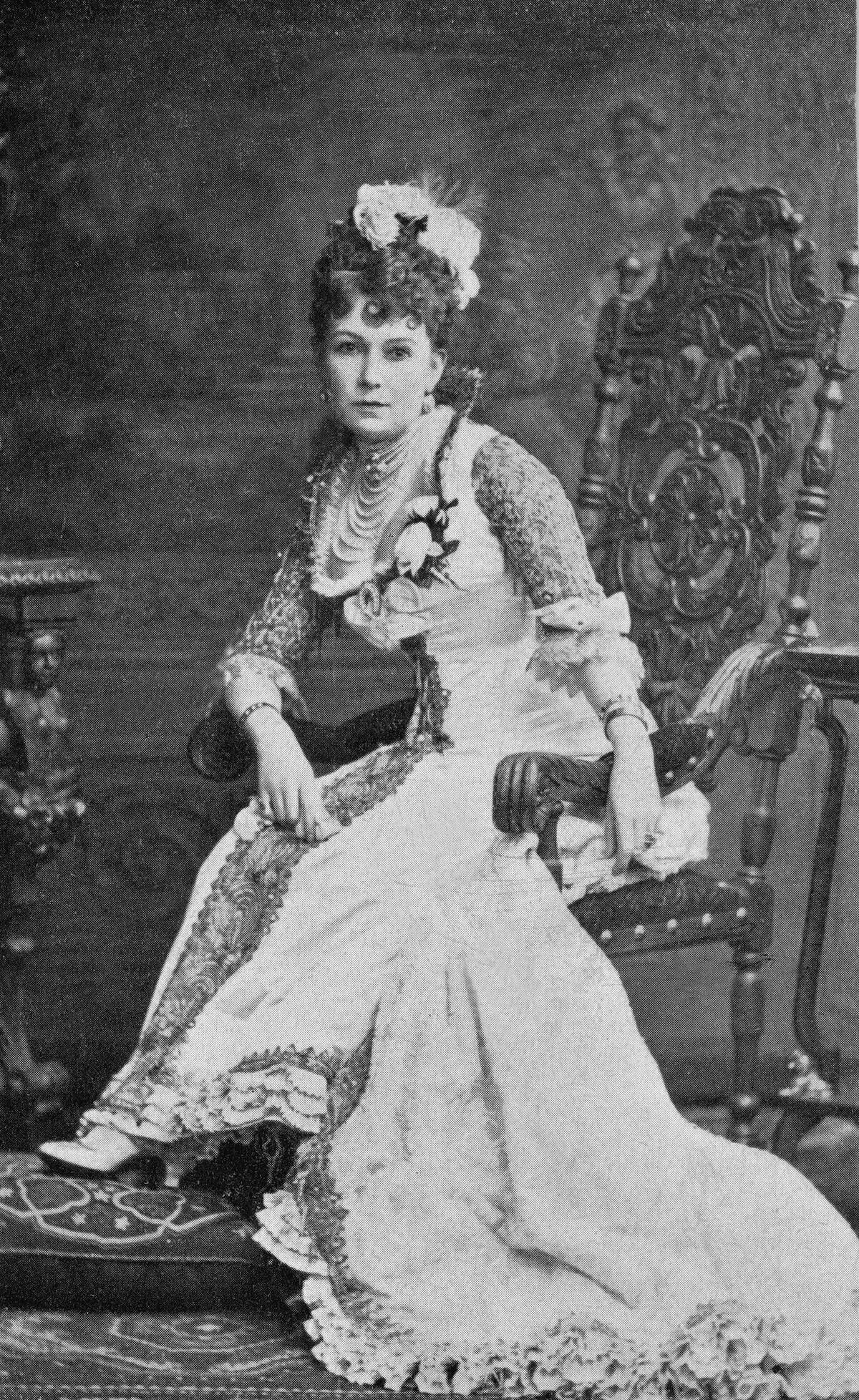
High-status courtesans were not only cultural icons but also influential figures in politics and diplomacy. Their relationships with powerful patrons allowed them to act as intermediaries and confidantes.
In some cases, these courtesans used their influence to sway political decisions, making them players in diplomatic circles. This political involvement underscored their importance beyond mere companionship, highlighting their strategic acumen.
Notable Courtesans: Stories of Fame and Fortune
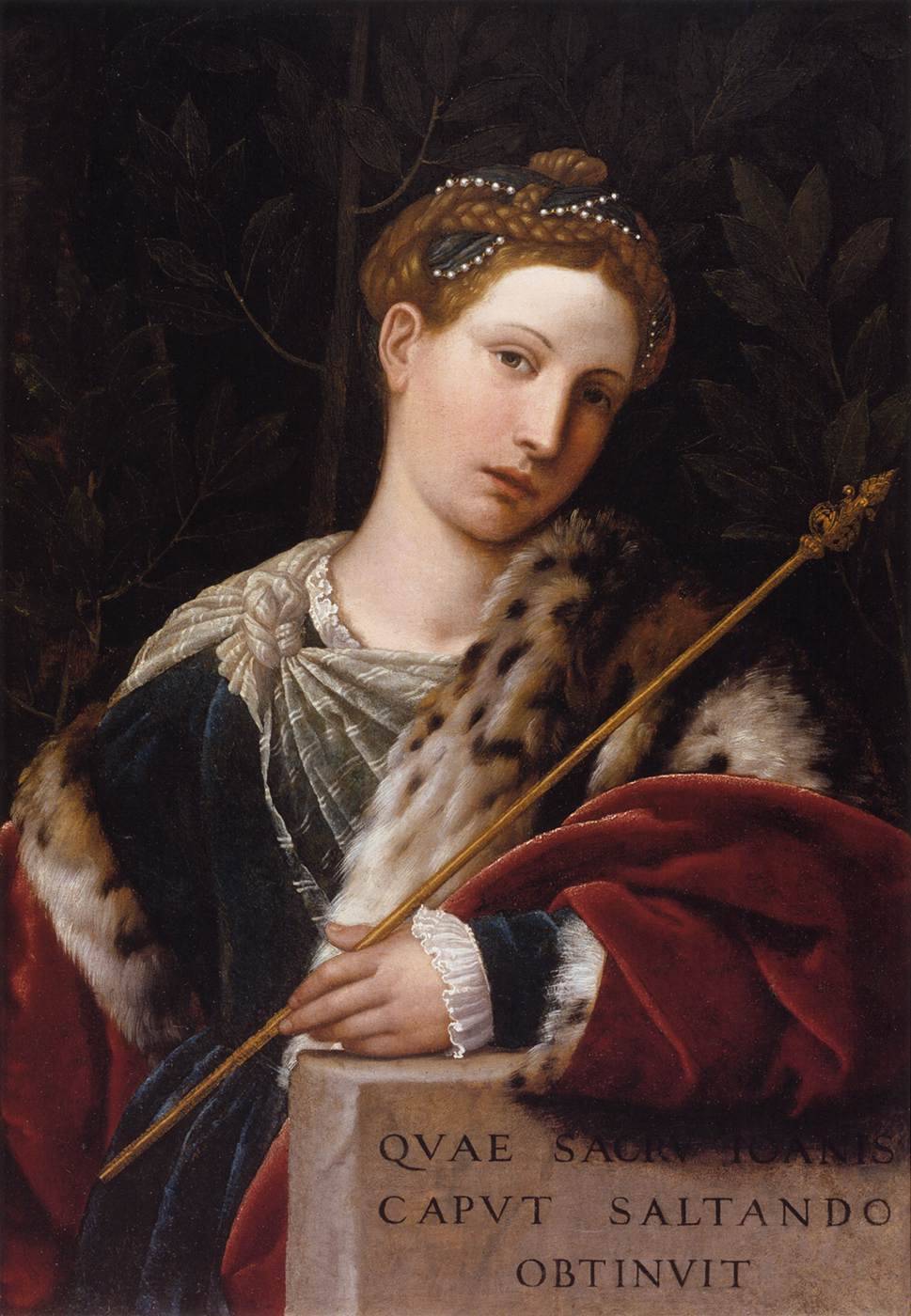
Several courtesans rose to prominence during the Renaissance, leaving behind stories of fame and fortune. Figures like Veronica Franco and Tullia d’Aragona became well-known within literary and elite social circles, celebrated for their intelligence and allure.
These notable courtesans often transcended their origins, achieving a level of fame that approached their patrons. Their legacies are a testament to the impact courtesans had on society and culture.
The Decline of the Courtesan: Changing Times and Tastes

As the Renaissance gave way to new eras, the role of the courtesan began to decline in many regions. Changes in social norms, religious influences, and economic shifts contributed to their waning influence.
The rise of new forms of entertainment and the tightening of moral codes made the courtesan lifestyle less desirable. Despite this decline, the cultural legacy of notable courtesans remained significant in certain artistic and literary traditions.



